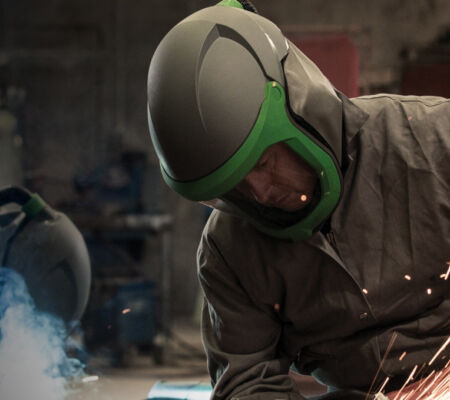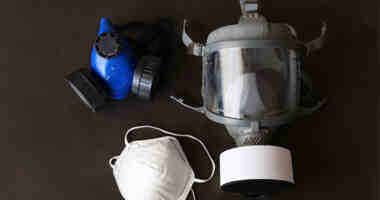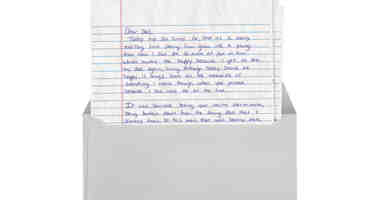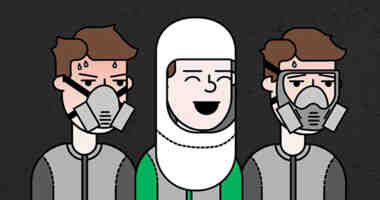
The cost, level of protection, and function is important to understand when looking at the real cost of the respiratory protection we choose to use.
Respiratory Protection
The need for any personal protective equipment (PPE) is based on the hazards and health risks that are present in our workplaces. In the US, the Occupational Safety and Health Administration (OSHA) determine the level of protection that we need as a minimum requirement in order to protect workers’ lives. When it comes to selecting the PPE we use, the decision is influenced by a number of factors, such as cost, level and coverage of protection, function and our moral standpoint when it comes to caring for our employees. Because of these factors, it is important to understand their role when looking at the real cost of the protection we are using.
One of the first things we look at that largely influences our purchasing decision is the cost of a product. For some, there may be a focus on operating with costs as low as possible and therefore purchases are made based on perceived lowest cost. Other purchasers look at all of the factors that influence the cost of a product such as ongoing consumables, protection gained, and productivity when making their decision.
One of the most common misconceptions with respiratory protection is that the N95 is the cheapest option. Because these have a very low unit value of around $5 each, it appears to be a very cheap solution for meeting compliance requirements. However, this is not the full cost at all. If we look at the cost for each operator, with them requiring a minimum of 1 of N95 per day, this will add to 5 per week, totaling $25 per week. It is also not uncommon for operators to go through as many as 5 of these a day which can bring this cost up to $125 per week. But the cost doesn’t stop there. When annual fit testing is added in at around $50-80 per operator and pulmonary function testing costing up to $800 per operator, this $5 face value cost can quickly grow to between $2000-7000 per operator, per year. In addition to this, there are other items of PPE that may be required such as safety glasses, welding visors and earmuffs which further increase this cost.
If we look at loose-fitting respirators that are paired with powered air purifying systems these are definitely a more expensive product per respirator with the initial investment around $1400 (depending on application). However, there are far fewer hidden costs with these systems, much lower consumable costs to consider, and a far higher assigned protection factor. Unlike N95s, loose-fitting respirators are reusable, and the main consumable costs is by way of a HEPA filter which only needs to be replaced every 2-4 weeks, subject to environment. Loose-fitting respirators also do not require fit testing or pulmonary function testing. Over the first year this brings the cost to around $2500, with this cost reducing to around $1100 per year afterwards as there is just ongoing consumable costs.
The other cost to consider is your health, the reason for needing PPE in the first instance. While it is impossible to put a dollar figure on this, it is possible to understand the different levels and efficacy of protection you are gaining with your respirator choices. For some applications there will be permissible exposure limits (PELs) that require you to have a certain level of assigned protection factor (APF). This will more than likely be a contributing factor to the level of protection you decide to choose. On the lower end of the respiratory protection scale, an N95 has an APF of 10, preventing 95% of particulates from entering the respiratory system. On the other end of this are loose-fitting respirators with an APF of greater than 1000 and these can filter up to 99.97% of particulates when used with some PAPRs.
Although PELs are put in place to protect users, these are not always sufficient and are constantly changing with new research findings. This means that although some workplaces may be legally compliant, the operators' health is still suffering from the hazards in their environment. Because of this, it may be better to not match the safety standards, but to exceed these in order to ensure operators are adequately protected.
A further hidden cost and something that might be missed when considering the real cost of your respirator is productivity. Respirator systems that are uncomfortable or restrict movement make the user's job harder, make them slower, and can significantly lower their output levels. For example, having to leave the work environment to clean a visor or take extra breaks because of fatigue is time away from production and this soon amounts as extra costs to the business. By purchasing systems that support the user in their role, this reduces downtime, and makes workers more productive, happier, and overall better in their role.
It’s clear that the true cost of respiratory protection is not just in the price tag of the product, it’s in all these hidden factors that make the product what it is. It’s important to truly understand all of these factors so you can select protection that works best for you, because even though something may appear cheaper, there might be a bigger price to pay not only financially but with your team’s health and livelihoods also.
Savings calculator
Are you currently using N95 masks?
Find out how much you could be saving by making the switch to a PAPR.
Calculate your savings



